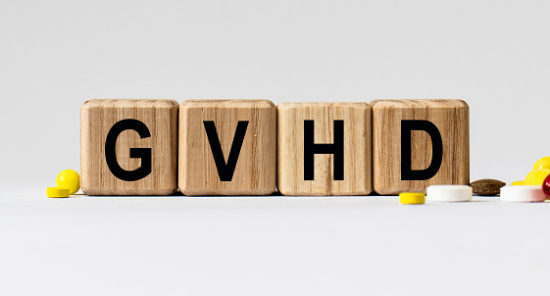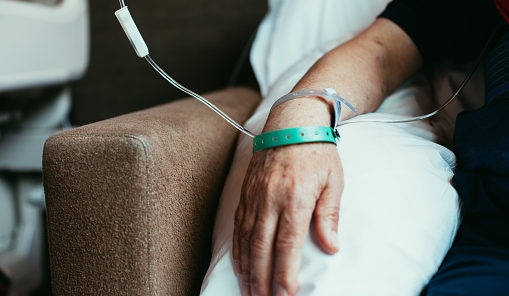
A study published in JAMA Network Open determined clinical and biological risk factors for the development of chemotherapy-induced peripheral neuropathy (CIPN) after cancer treatment
“CIPN is damage to the nerves that can impact your sensation and muscle control, generally in the hands and feet. This can have major implications for those who work with their hands and can impair balance, which can become an even bigger problem for older patients who are then at increased risk of falls,” said lead author David Mizrahi, PhD, exercise-oncology researcher at the University of New South Wales (UNSW) in Sydney, in a press release.
This study comprised 333 patients with cancer who received chemotherapy with paclitaxel or oxaliplatin between 2015 and 2020. The most common type of cancer was breast cancer (41.4%), followed by colorectal (24.9%) and ovarian (11.1%) cancers. Most of the cohort (79.9%) were women, and the median age was 58 years.
Bloodwork was conducted within 30 days of treatment initiation and neuropathy was assessed three to twelve months post-chemotherapy. CIPN severity was compared with blood-based factors to identify biological predictors.
The investigators found that 71.5% of patients developed grade 1 or higher CIPN following treatment. Low hemoglobin levels were associated with more severe CIPN (P=0.002). Upon multivariate analysis, higher body mass index (P=0.007), older age (P<0.001), and female sex (P=0.01) were also associated with increased CIPN severity.
“This result now justifies future studies of the relationship between low hemoglobin, iron levels, and CIPN, and whether opportunities for intervention before or during treatment could reduce the risk of developing CIPN,” said Dr. Mizrahi.
“There are likely a range of factors that contribute to a patient developing CIPN – such as genetics, treatment dose, nutritional status, comorbidities. So, our findings add a new perspective to the current knowledge that patients who receive these types of chemotherapy could have a range of contributing factors putting them at an increased risk of nerve damage,” said senior author Professor David Goldstein, professor and Director of the Translational Cancer Research Network at UNSW.
A new @UNSWMedicine-led study in @JAMANetworkOpen reveals potential risk factors for nerve damage after #chemotherapy – a low haemoglobin count, older age & high BMI – w/ Dr @davemiz_EP of @UNSW_POWCS & Prof. David Goldstein @TCRNetwork#Cancer #healthcarehttps://t.co/PuDGyrwudb
— UNSW Medicine & Health (@UNSWMedicine) March 3, 2021
Hemoglobin, Body Mass Index, and Age as Risk Factors for Paclitaxel- and Oxaliplatin-Induced Peripheral Neuropathy | Clinical Pharmacy and Pharmacology | JAMA Network Open | JAMA Network https://t.co/G9E6C0uGSC
— Dr Anthony Martin (@AMAinsight) March 4, 2021
Credit: Original article published here.









